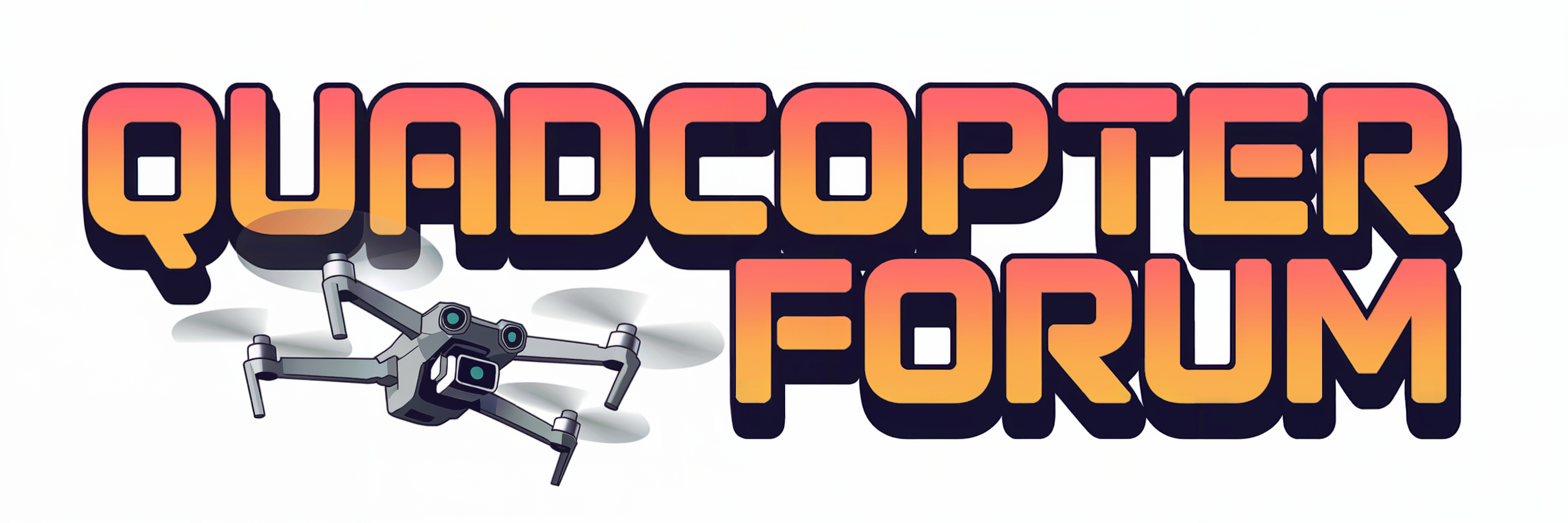davidhk129
Well-Known Member
I am not an expert by any stretch of imagination. I however have had 4 3d printers at one time or another. Started with Monoprice Select Mini V2 (busted), Anycubic Mega S (busted too. Kept saying not enough power), Creality Ender3 (heat bed wire broken 1 week ago. Replaced with a new genuine Ender3 heat bed and the bed temperature will not stop going up past 90 degrees, and I set it at 60.) and this Tronxy xy-2 pro, my only printer now.
I never had a Benchy printed without strings and extruding fluctuation, until using this Tronxy printer.
If there is such a thing as "perfect", this is it.
I printed one with the default Tronxy slicer, and one with Cura 4.6. Same printer.
They can't be any better.
The left is by Cura 4.6, and the right is by Tronxy slicer.



I never had a Benchy printed without strings and extruding fluctuation, until using this Tronxy printer.
If there is such a thing as "perfect", this is it.
I printed one with the default Tronxy slicer, and one with Cura 4.6. Same printer.
They can't be any better.
The left is by Cura 4.6, and the right is by Tronxy slicer.



Last edited:
